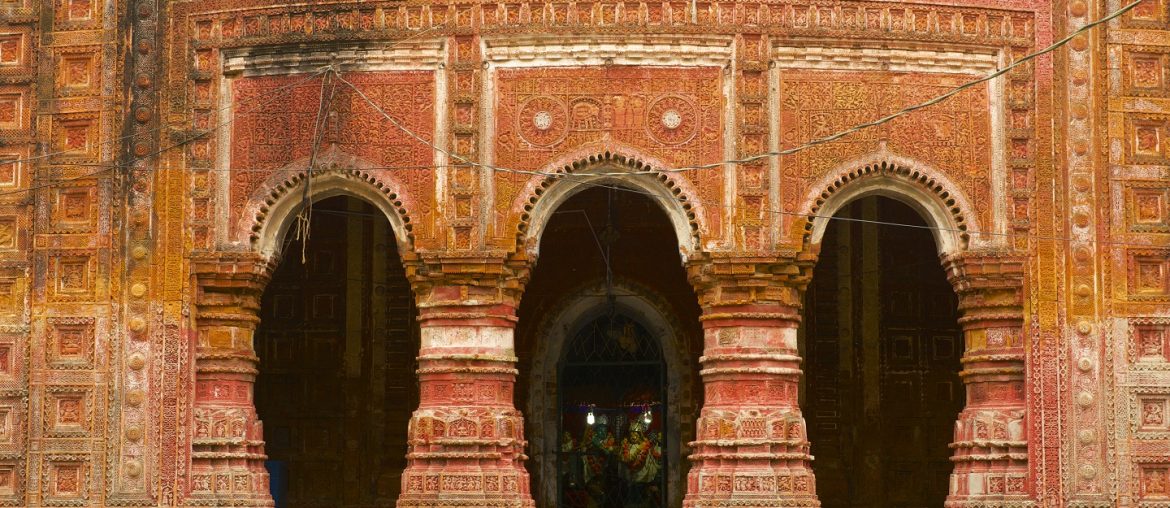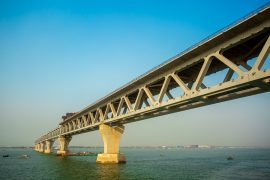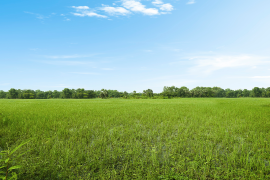The oldest temples of Bangladesh are a unique signature of its glorious history and tradition. Decades ago, the courtyard of some temples might have been used to immerse in meditation by ancient saints, some temples might have preserved the imprint of the traditions and lifestyles of ancient civilizations. All over the world, the oldest temples have become the most unique tourist attraction for their remarkable architectural style, traditional significance, and history. The temples of our country are no exception. Architectural diversity and historical exclusivity have made these monuments unique. In the 2nd episode of ‘A look back at history’ series, we will discuss the story of these temples.
Dhakeswari temple
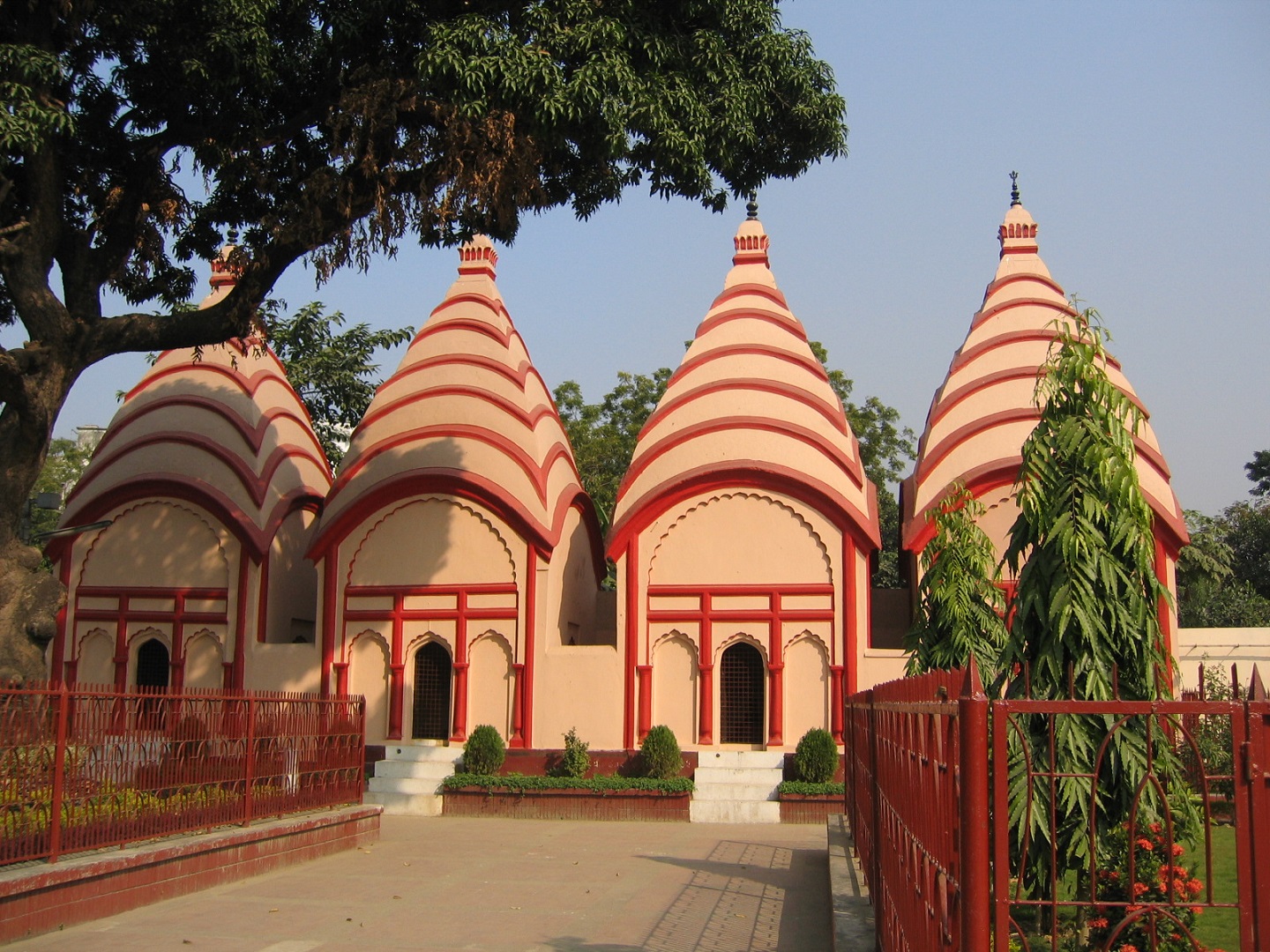
This is one of the oldest temples in Bangladesh. It is said to have its name gotten from the term “Ishwari of Dhaka”, meaning the Goddess (who protects) of Dhaka. The traditional Sri Sri Dhakeswari temple in Dhaka was built by Raja Ballal Sen sometime around 1200 AD. Over time, this temple became known as the National Temple of Dhaka. Dhakeswari National Temple is located on the East side of Sir Salimullah Muslim Orphanage and South-West of Sir Salimullah Muslim Hall of Dhaka University at 10 Orphanage Road, Lalbagh, Dhaka – 1211. At present, the Ministry of Religious Affairs of the Government of the People’s Republic of Bangladesh, Dhaka City Corporation and the Metropolitan Public Worship Committee including the Member of Parliament and the Central Committee of the Bangladesh Worship Celebration Council are supervising and controlling the Dhakeshwari Temple.
Dhakeswari temple is the main center of the autumn festival in Bangladesh. During the four days of the Autumn festival, the temple premises are crowded with thousands of visitors. Dhakeswari temple is a collection of several temples and monuments and can be divided into two parts. Inner way to the East and outer way to the West. The inner way has the main temple, Natmandir. And there are a few temples, a hotel and several houses on the outer way. There is an ancient lake on the west side of the temple. There is an ancient banyan tree in the south-east corner of the lake. Adjacent to that lake there are a couple of tombs.
There are four small temples in a row in the North-East corner of the lake. There is even a library in Dhakeswari temple to spread the light of knowledge among everyone. It is located on the 2nd floor of the administrative building of the temple. Although there is a sitting arrangement like other libraries, it is not for the visitors or guests who come to the temple.
As mentioned earlier, Durga Puja, the biggest Hindu festival is held here every year with pomp. Prayers are offered daily in this temple. Worship of Mother Santoshi every Friday, worship of God Shani on Saturday, worship of Kirtan Hari Seva on Sunday, Shiva worship on Monday, worship of Goddess Durga on Tuesday, Wednesday and Thursday. Besides weekly worship is also offered. And every day at 7 pm there is Aarti (a religious ritual).
Ramna Kali Mandir
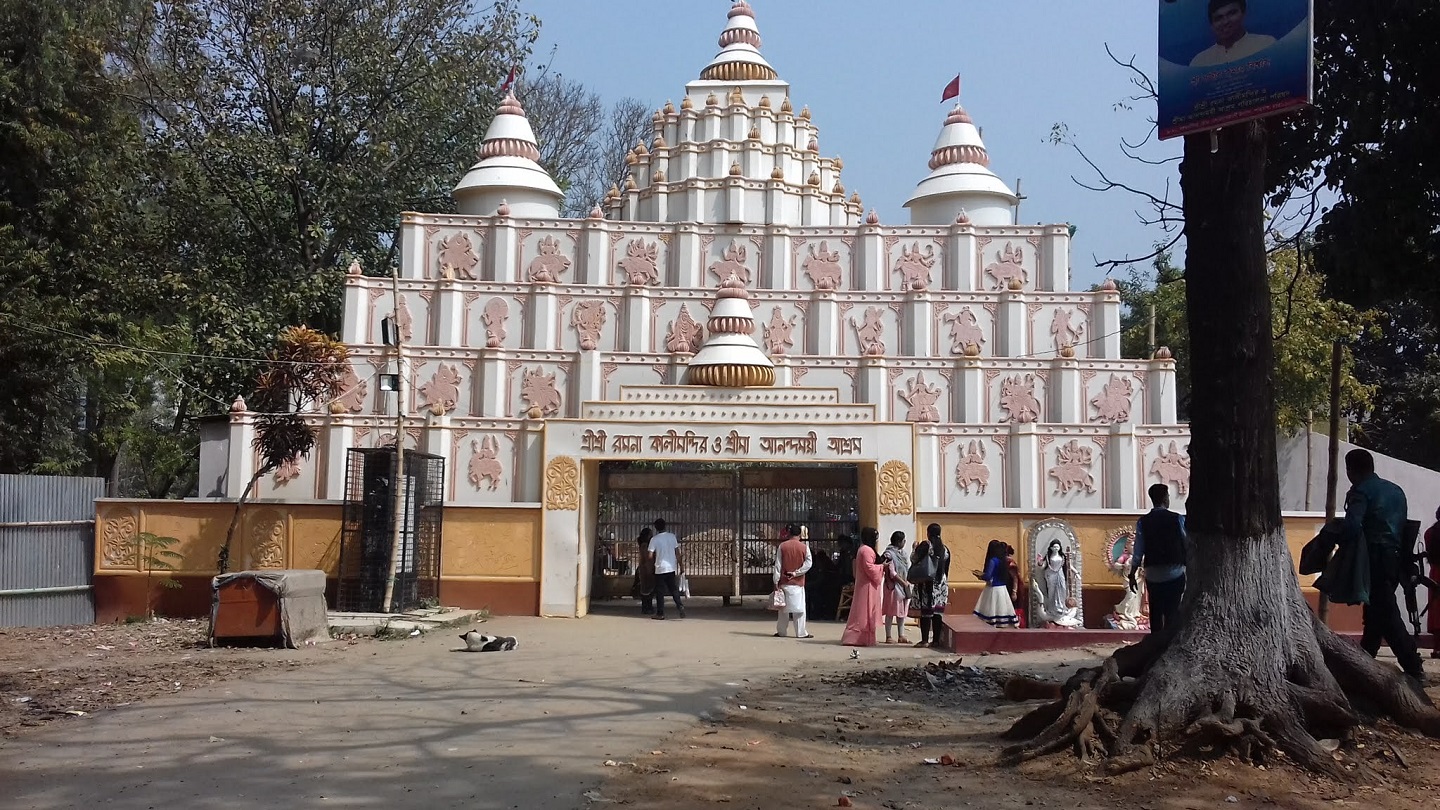
Ramna Kali Mandir or temple is one of the most famous Hindu temples of Indian subcontinent. It is also known as Ramna Kalibari. It is believed to be 1000 years old, making it amongst the oldest temples in Bangladesh. At present, it is located at the outer part of the Suhrawardy Udyan.
It is said that about 500 years ago, a high-ranking monk named Gopalgiri from Yoshimath in Badrinath first came to Dhaka and built a shelter for spiritual meditation. Another 200 years later, the original Ramna Kali Mandir was built by another great saint, Haricharan Giri. However, later the main renovation work of this temple was done during the reign of Bhakti Bhaktimati and Danshila Rani Bilasmani Devi.
But the tragic story of the horrific liberation war incident around the holy land of Ramna Kali Mandir on March 26 and 27, 1971 will forever be etched in the pages of history. The pilgrimage site turned into a slaughterhouse overnight. The Pakistani army brutally killed about 100 men and women, including Swami Paramananda Giri, the principal of Ramna Kali Mandir. The children were not spared either. At the time of this murder, Ramna Kali Mandir and Ma Anandamoyi Ashram were on fire. The spire of the Ramna Kali Mandir was 120 feet tall, which could be seen from afar which was also demolished by the barbaric army. The Ramna Kali Mandir was rebuilt in 2006.
The Ramna Kali Temple currently has several other temples inside it including Durga Temple, Loknath Temple, Radha Govinda Temple, and Mother Anandamayi’s Temple. The main worship of Ramna Kali Mandir is Kali Puja. The whole temple is beautifully decorated during Kali Puja. The main idol, Sri Sri Bhadrakali Mata, is adorned with various ornaments. Durga Puja is also celebrated with grandiosity. Besides, various religious festivals including Saraswati Puja and annual ceremonies are held here. Many devotees from different parts of Bangladesh as well as India came to the temple.
Puthia Rajbari
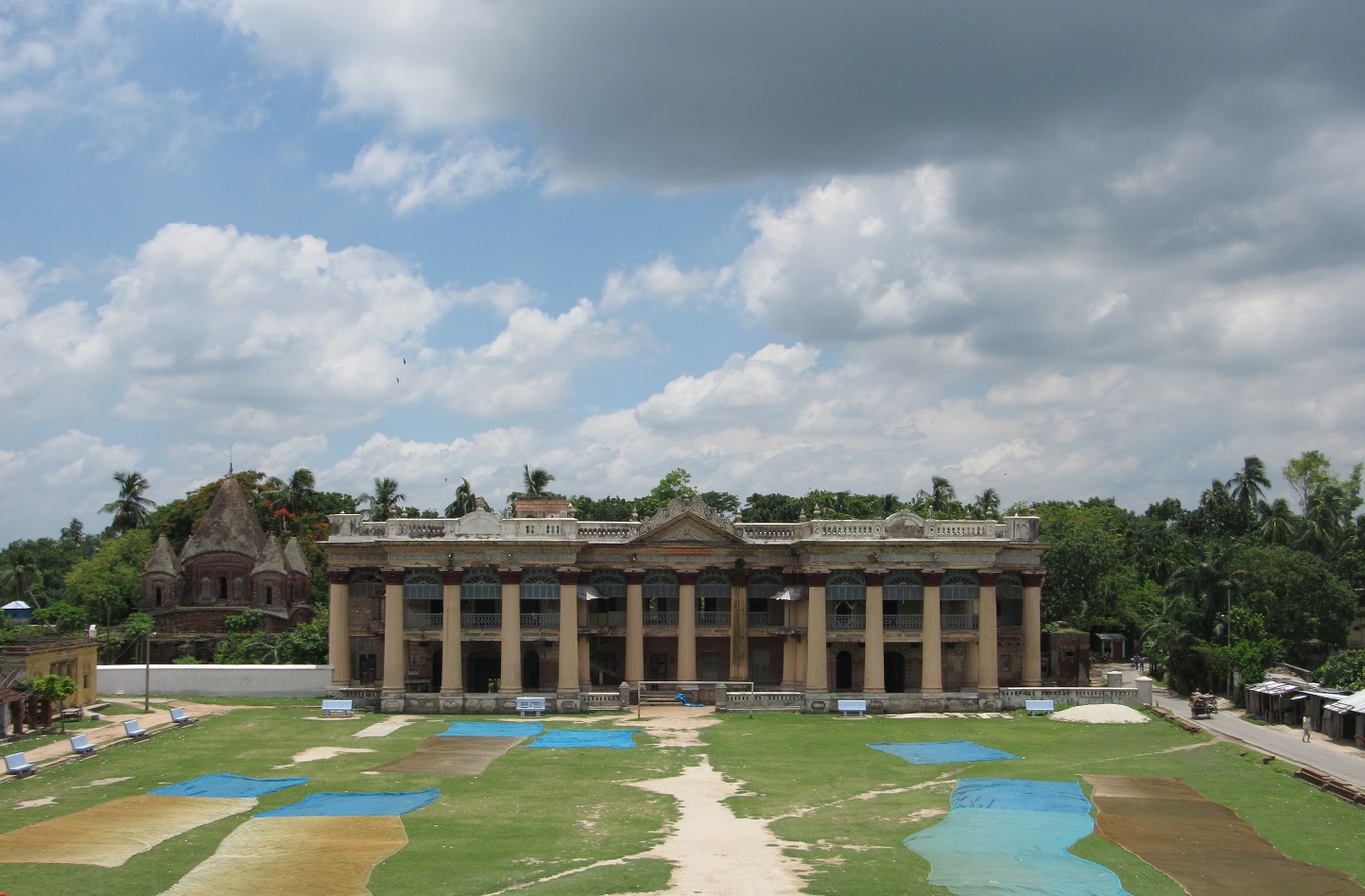
Puthia temple square is an assortment of some of the most notable and oldest Hindu temples of Puthia subdivision of Rajshahi Bangladesh. Located 23 km East of Rajshahi, Puthia has the most number of historical temples of Bangladesh. These temples were established by the Hindu rulers who were also the zamindars from the famous royal family of Puthia in Rajshahi.
Of all the oldest temples of Bangladesh, these terracotta temples represent the greatest example of terracotta architecture style of Bengal. However, these temples have also combined other architectural styles. Puthia rajbari was built in Indo-Saracenic architectural style. This style connects the traditional Hindu architectural style with the European architecture of the Renaissance era. The temples of Puthia are built around a giant lake. There is also a green courtyard between the temples. King Pitambar was the founder of the Puthia zamindar dynasty. However, the ancient ruler of this area was Laskari Khan.
When Lashkari Khan became a rebel during the reign of Emperor Akbar, General Mansingh handed over the rule to Pitambar. The Puthia dynasty was the second-largest zamindari in British Bengal. In terms of wealth, they were the richest. When India became independent, the then government of Pakistan abolished the zamindari system and confiscated all the properties of the zamindari. The Puthia dynasty then migrated to India.
Kantaji Temple
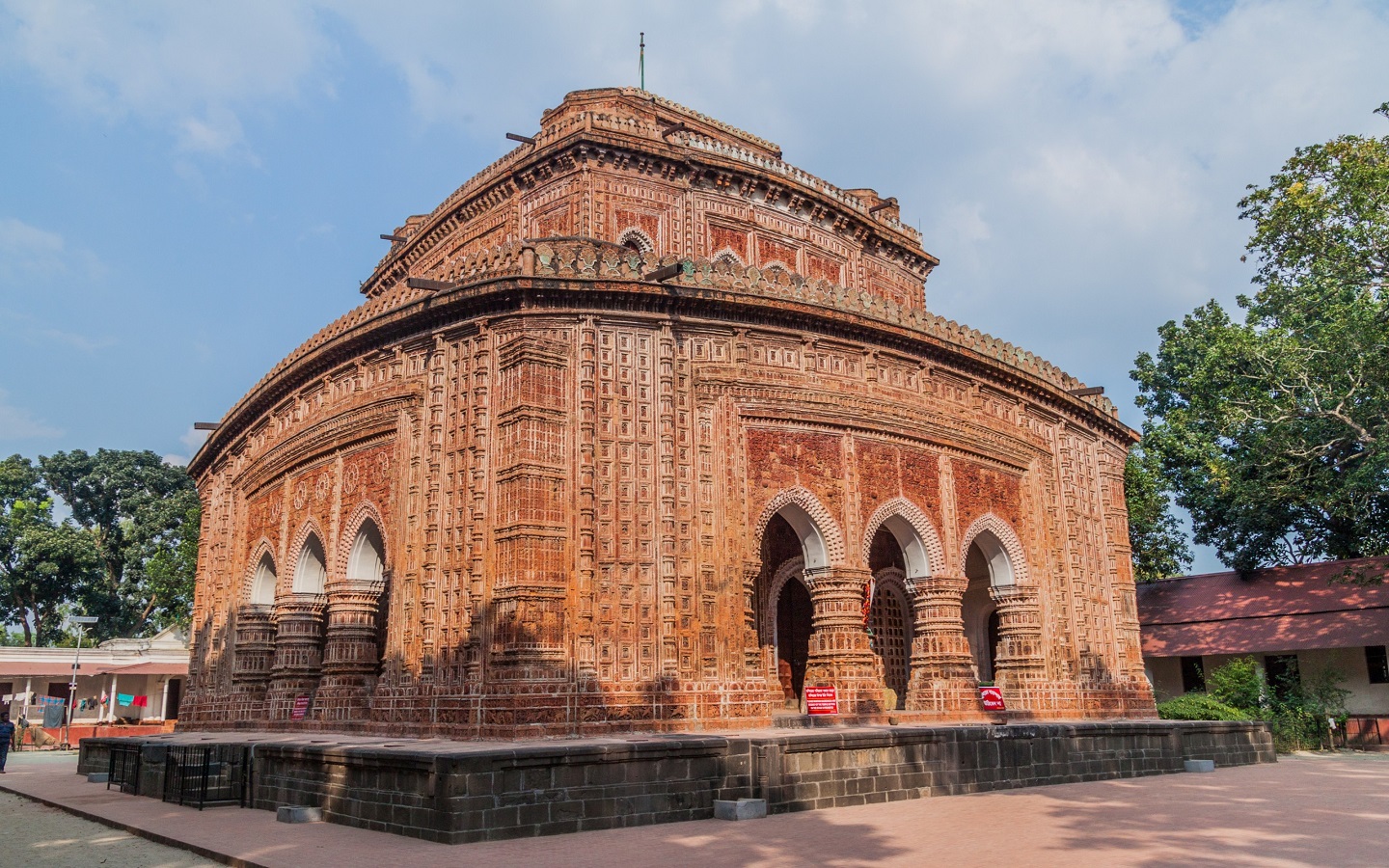
Kantaji Temple or Kantajew Temple or Kantanagar temple is an ancient temple located in Dinajpur, Bangladesh. This temple is commonly known as the Kanta or Krishna temple of Hinduism which is popular with Radha-Krishna cult in Bangladesh. Presumably, Maharaja Sumit Dhar Shant was born here.
This ancient temple is located in the Kantanagar village by the Dhepa river in the West of Dinajpur-Tetulia highway that is 20km North of Dinajpur and 7 km South-East of Kaharole subdivision in Sundarpur union. Speaking of the oldest temples of Bangladesh, this ancient temple was built in the earlier 18th century. According to the foundation inscription in the North of the temple, Prannath Ray, who was the Maharaja zamindar of Dinajpur at that time, started building the temple during his last years. In 1722, after his demise according to his last wish, his adopted son Maharaja Ramnath Ray finished the construction in 1752. At first, the height of the temple was 70 feet. But in 1897, an earthquake destroyed all its spires. Although Maharaja Girijanath renovated the temple extensively, the spires were not rebuilt.
The tales of Ramayan, Mahabharata, and other religious tales are written in the terracotta across the exterior walls of the temple. There are more than 15,000 terracotta tiles throughout the temple. The temple ascends upward in three steps. And all the idols can be seen through all the arches around the temple. Although the yard of the temple is rectangular in shape, the temple standing on a 50 feet stone is square in shape. Every entryway on the ground floor has carved arches. The arches are separated by two intricately designed brick pillars. The temple has 21 archways on the ground floor, 27 on the second floor, and 12 on the third floor.
Here is the thing about the oldest temples of Bangladesh, they hold the DNA of our diversified culture and boast the greatest examples of different architectural styles. Without a doubt, these temples are an amazing feat of engineering which also happens to be a part of our history itself. Pay a visit if you are interested in ancient history and archeology and let us know which one you liked the most in the comments section below.

